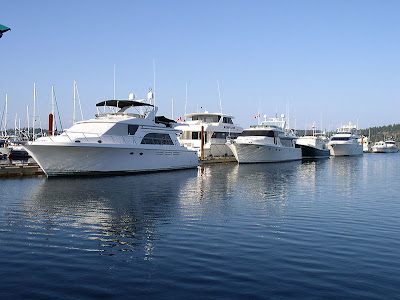Good morning, Whitewater
Today’s forecast for Whitewater calls for a day of showers, with a high of eighty-four degrees.
It’s Red, White, and Blue Day at Lakeview School today. Even without a mascot, any school with a Red, White, and Blue Day is a good school. There’s an All-School Picnic scheduled for Lincoln School, home of the Leopards. At Whitewater Middle School, there’s a 6th grade yacht race to be held at the Aquatic Center. Here are a few of last year’s entries:

There’s a story over at Wired about the historic race in 1910-11 to be the the first team to reach the South Pole, entitled, “The Tragic Race to Be First to the South Pole.” As a child, I learned of the story as an example of Norwegian Roald Amundsen’s more prudent preparations than that of Englishman Robert Falcon Scott. I’ve since read lionizing accounts of Scott’s failed, fatal expedition, but I still think the early lesson I learned was a sound one. From Wired‘s story, there’s a description of the circumstances that led to the race to the South Pole:
The American Museum of Natural History delves into this storied event to bring visitors as close as possible to this historic event and the people involved in their new exhibit, “Race to the End of the Earth,” starting May 29. Artifacts, photographs, replicas and models give life to the two rivals and their treacherous 1,800-mile marches to the center of Antarctica.
Robert Falcon Scott set off from Wales on July 15, 1910 on what was originally intended to be a primarily scientific expedition, but which quickly morphed into a quest to make history on behalf of the British Empire.
Meanwhile, Norwegian explorer Roald Amundsen, whose plan to reach the North Pole first had been thwarted by both Frederik Cook and Robert Peary, had secretly turned his sights on the South Pole. He left Oslo in June 3, 1910 with the intent of beating Scott to his goal.
I think the Wired story confirms the original lesson that I was taught, that Scott was ill-prepared, and should not have raced the Amundsen expedition.
More about the expedition is available online at the American Museum of History website, in a presentation entitled, “Race to the End of the Earth.”
